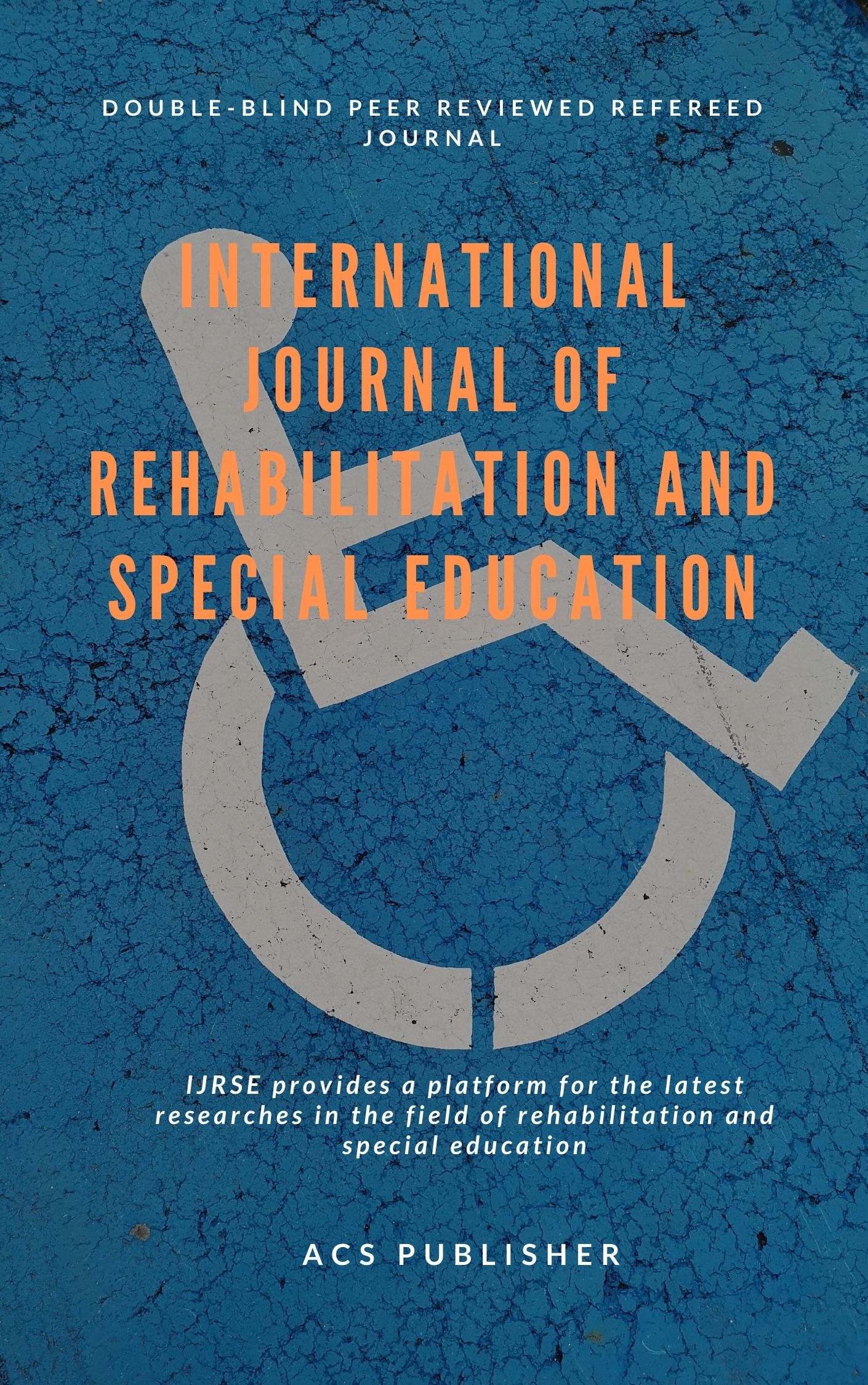Author Guidelines
MANUSCRIPT GUIDELINES
Research Articles Should Include:
- Title
- Abstract
- Keywords (5-8)
- Running Title
- Introduction
- Database and Methodology
- Results and Discussion
- Conclusions
- Acknowledgements (if any)
- References
- Tables
- Figures (if any)
Types of Contributions: The journal welcomes the following types of contributions:
- Original Research Papers/Articles: Describe new and carefully confirmed findings. The research methods should be detailed enough to allow others to replicate the work.
- Survey/Review Articles: Provide a comprehensive review on a scientific topic.
- Fast Communications: Short, self-contained articles on ongoing research or reporting interesting, possibly tentative ideas or comments on previously published research.
- Technical Notes: Brief notes on technical innovations or findings.
Manuscript Instructions:
Title:
The title should be centered at the top of the first page and formatted in a distinctive font of 14-point Times New Roman, bold, with the first letters capitalized.
Example:
Title: Author Guide for Preparing a Paper for Educational Quest
First-Name Last-Name1*, First-Name Last-Name2, and First-Name Last-Name3
1* University Department, University Name, City, State ZIP/Zone, Country Email address
2 University Department, University Name, City, State ZIP/Zone, Country
3 University Department, University Name, City, State ZIP/Zone, Country
Authors' Names and Addresses:
The authors' names and addresses should be aligned to the left below the title. Use 10-point Times New Roman.
Abstract:
The abstract should summarize the content of the paper in complete and simple sentences, with a maximum of 250 words. Do not include references or equations. It should be formatted in 12-point Times New Roman.
Keywords:
List 5-8 relevant keywords at the bottom of the abstract. The keywords should be formatted in 12-point Times New Roman.
1. Introduction:
Start on a new page. Clearly explain the objectives and aims of the research, with a brief review of relevant literature.
2. Database and Methodology:
Provide detailed information on the experimental design, techniques used, and statistical methods applied, including the year of experimentation.
3. Results and Discussion:
Discuss the important findings without repeating the content of tables and figures. Interpret the results in the context of previous studies. Conclude the discussion with a brief summary of the key findings.
4. Conclusions:
Summarize the content and purpose of the paper concisely, ensuring the conclusion is clear and meaningful.
Acknowledgements:
Acknowledge all contributors who have made a significant impact on the research. Authors are responsible for obtaining written permission to use any copyrighted materials.
References:
If an article has a DOI number, it must be included after the citation. Format the DOI as follows: http://dx.doi.org/10.xxxx/yyyyy. Use the standard format for citations as provided:
Journal Article:
Author Surname Initials. Title of article. Title of journal, abbreviated. Date of Publication: Volume Number(Issue Number): Page Numbers. DOI (if available).
Book:
Author Surname Initials. Title: Subtitle. Edition (if not the first). Place of publication: Publisher; Year.
Chapter in a Book:
Author Surname Initials. Title of chapter. In: Editor Surname Initials, editor. Title of book. Place of publication: Publisher; Year. p. Page numbers.
Website:
Author Surname Initials (if available). Title of Website [Internet]. Place of publication: Publisher; Date of First Publication [Date of last update; cited date]. Available from: URL.
Newspaper Article:
Author Surname Initials. Title of article. Newspaper Name. Date of Publication; Section: Page number.
Proof Corrections:
Proof corrections should be made in red ink and noted in the margins. Authors must respond to all queries marked in the article. Proofs are provided to check the correctness of typesetting and factual accuracy. Excessive alterations may incur charges. Proofs should be returned within 7 working days.
Submission of Manuscript and Copyright Form:
Authors must submit a duly signed copyright certificate along with their manuscript. Manuscripts without this certificate will not be processed.
Review Process:
All manuscripts are reviewed by the Editorial Board and qualified reviewers from the relevant field.
Gallery Proofs:
Galley proofs will be sent to the corresponding author unless otherwise indicated. The corresponding author is responsible for returning the proofs with corrections (if any) within one week. Authors are responsible for the content of their published manuscripts and must obtain written permission to use any copyrighted materials.
Free Publication:
All articles published in the International Journal of Rehabilitation and Special Education are free of charge, with no fees required from authors at any stage of the publication process.

